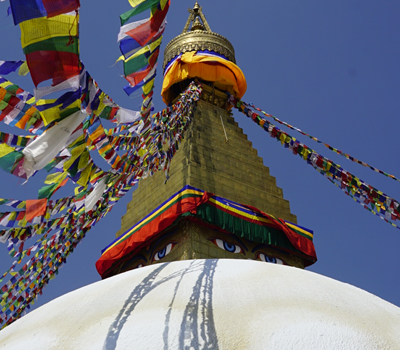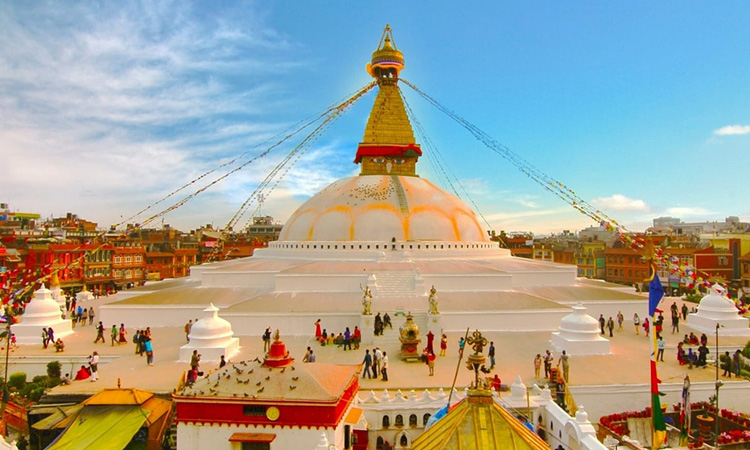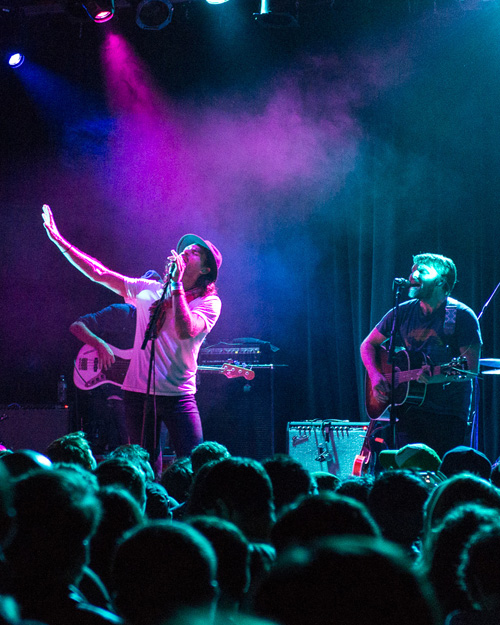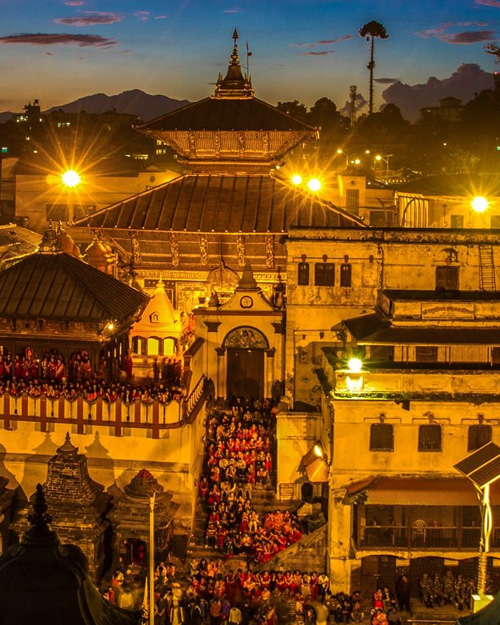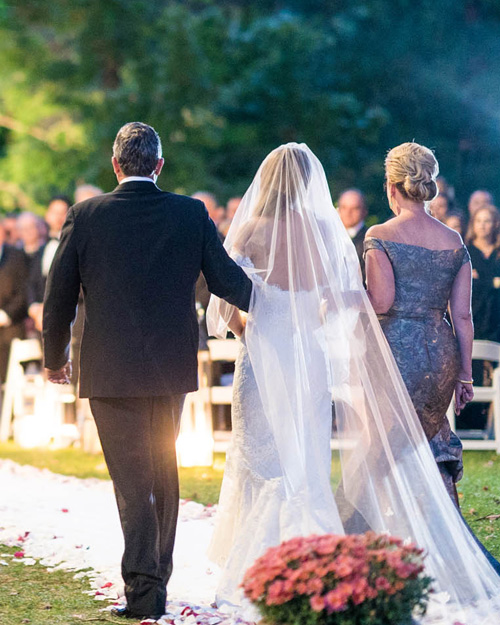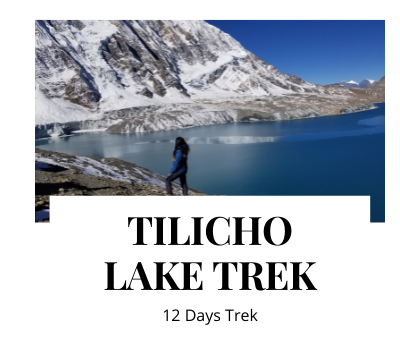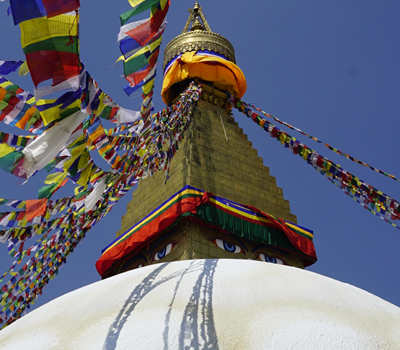Tilicho Lake Trek
- 2021-08-01
Surface elevation: Tilicho Lake at 4920 m Famous for: Highest Glacier Lake in the World Average depth: 85 m (279 ft.) Location: Manang, Nepal Trek Duration: 10-12 Days Per Day Walk: Approx. 5 - 6 Hours Best Season to Visit: February to May and September to November Tilicho Lake Trek | Brief Itinerary from Kathmandu Kathmandu – Chame – Upper Pisang – Manang - Khangsar Village- Tilicho Base Camp - Tilicho Lake (Retrace your steps back to Kathmandu) Option 1: - Day 01: Drive Kathmandu to Besisahar 7-8 hrs Day 02: Drive Besisahar to Chame 5-6 hrs Day 03: Trek Chame to Upper Pisang 5-6 hrs Views of Annapurna II and Annapurna III. Day 04: Trek Upper Pisang to Manang 5-6 hrs Views Annapurna III Day 05: Acclimatization Day and Explore Manang Village - Visit Milarepa's cave and Gangapurna Lake Day 06: Trek Manang to Khangsar Village (3700 m) 4-5 hrs Day 07: Trek Khangsar to Tilicho Base Camp (4200 m) 5-6 hrs Day 08: Trek Tilicho Base Camp to Tilicho Lake (4920 m) and back down to Tilicho Base Camp (4200 m) 6 hrs Day 09: Trek Tilicho Base Camp to Manang Village 7-8 hrs Day 10: Drive to Besisahar 8 hrs Day 11: Drive Back to Kathmandu 8-10 hrs Option 2: - Drive all the way from Kathmandu to Manang Village if you want to shorten your trek. Trek Overview Tilicho Lake Trek is a 12-day journey through the scenic villages of Manang district to the highest lake in the world –Tilicho Lake which is surrounded by mountains all around. Perhaps it is the best trek destination in the Annapurna region. This trek can be either done separately or included in Annapurna Circuit Trekking Route which would take additional 3-4 days. Tilicho Lake Trek Cost 1. For local Tilicho lake trek cost for locals by bus would cost around 20,000 NPR depending on how you spend and how big of a group you have. Definitely more people in the group will minimize the overall cost. 2. For Foreigners Tilicho lake trek cost for foreigners will cost around 0 and they need to buy TIMS & ACAP (Annapurna Conservation Area Project) Permit from Nepal tourism board. TIMS (Trekkers' Information Management Systems) & ACAP (Annapurna Conservation Area Project) TIMS card will cost NPR 1,000 for trekkers planning a trip via local trekking company & costs NPR 2,000 for Free individual trekkers per trek per person. Furthermore, for SAARC countries residents TIMS card will cost NPR 300 and NPR 600 respectively for trekkers accompanied by trekking company and free individual trekkers. Likewise, ACAP permit will cost NPR 3000 for trekkers from foreign country & NPR 1000 for SAARC countries residents. ACAP Permit cost is same for trekkers trekking with a guide & trekking individually. Tilicho Lake Trek Difficulty Tilicho Lake trek doesn’t require climbing expertise, and there are no technical climbing sections. With a basic fitness level, you should be able to trek the route. Local Transportation Information Bus to Besisahar, you can take from Gongabu, Kathmandu. Instead, you can book online from Bussewa too. Onward shared Jeep to go Pisang, you can find at Bhulbhule. You can also ask local peoples. If you want to reach Tilicho on the more comfortable way, then it’s better to go on Jeep either directly from Kathmandu or Besisahar.

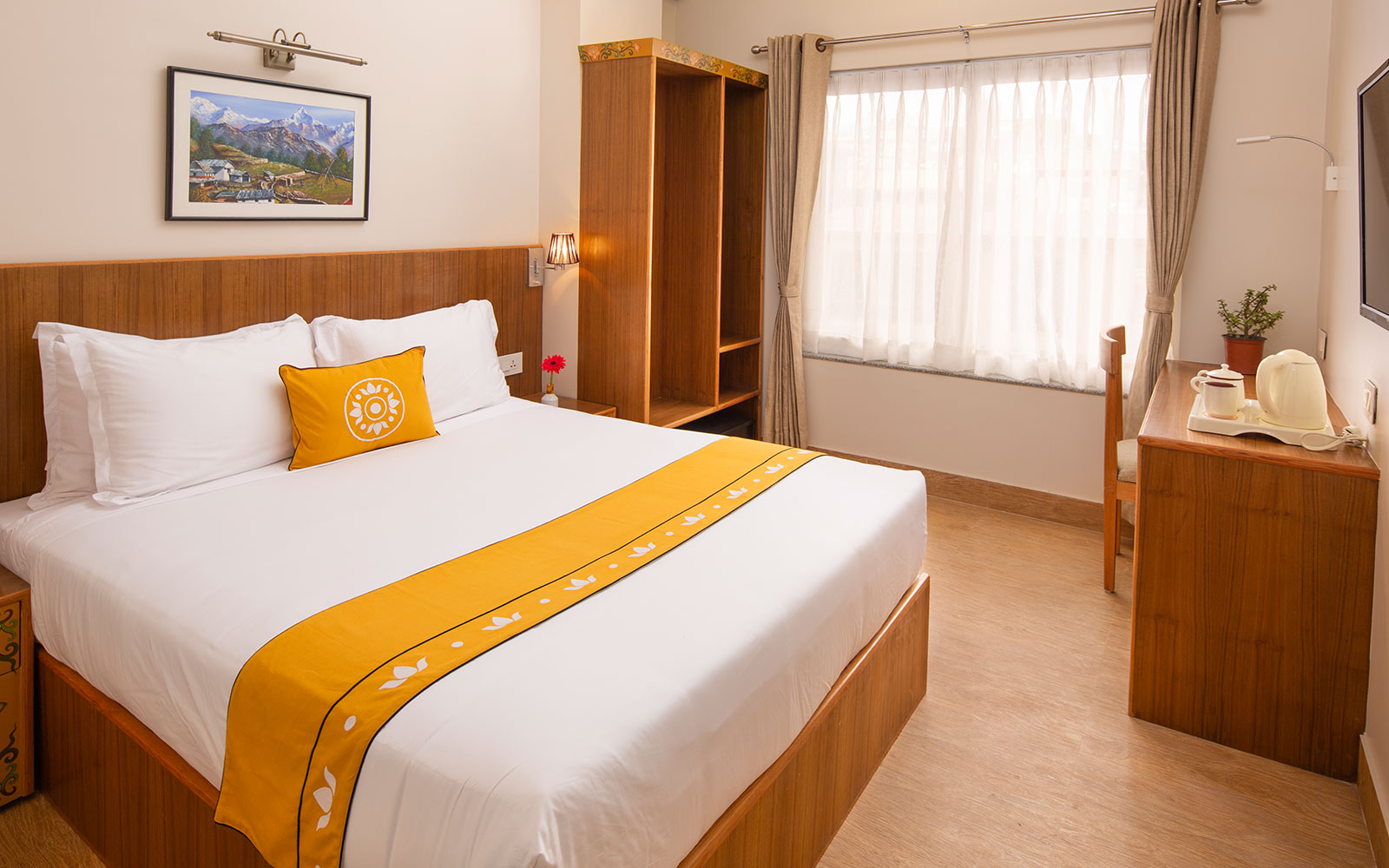
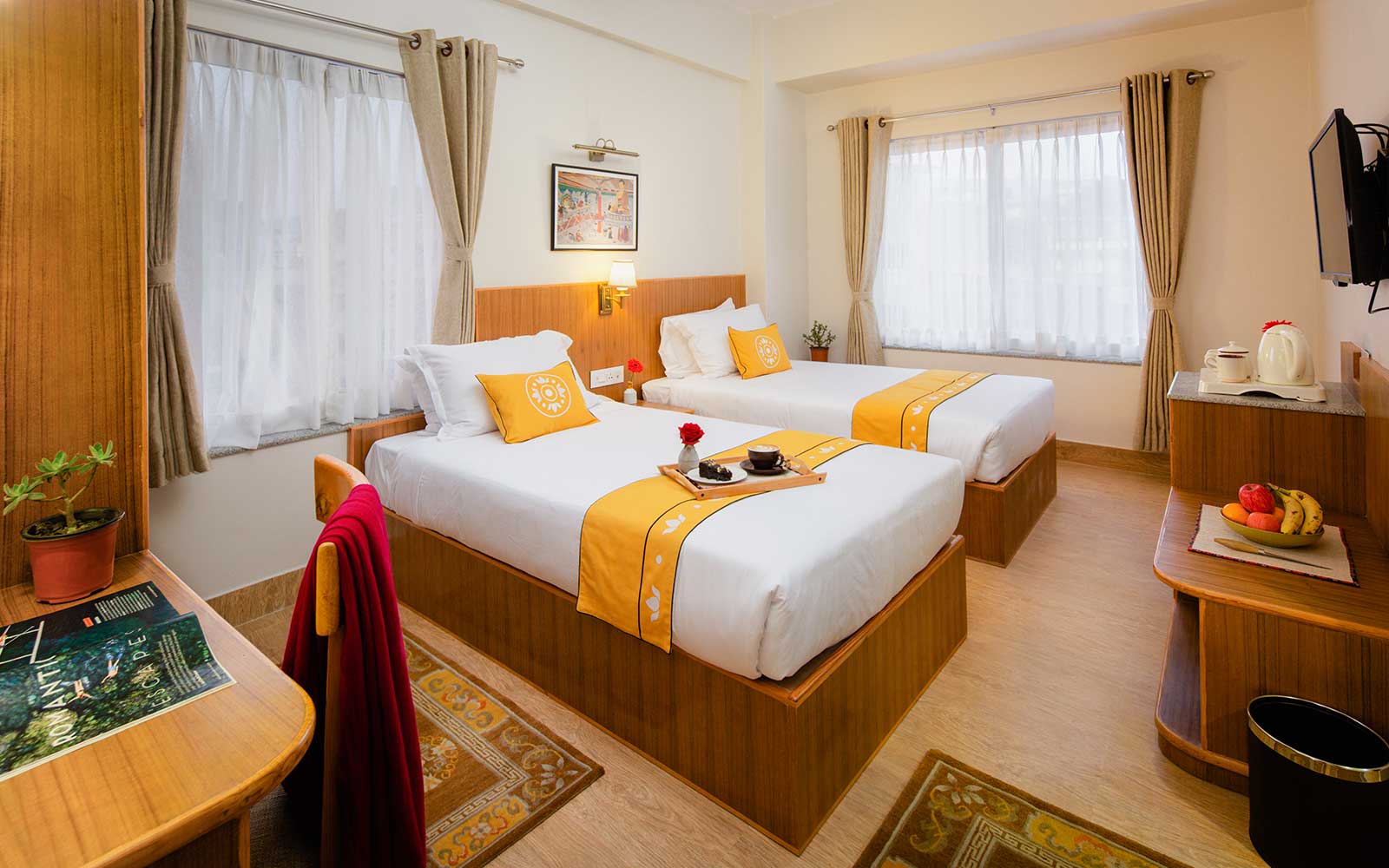
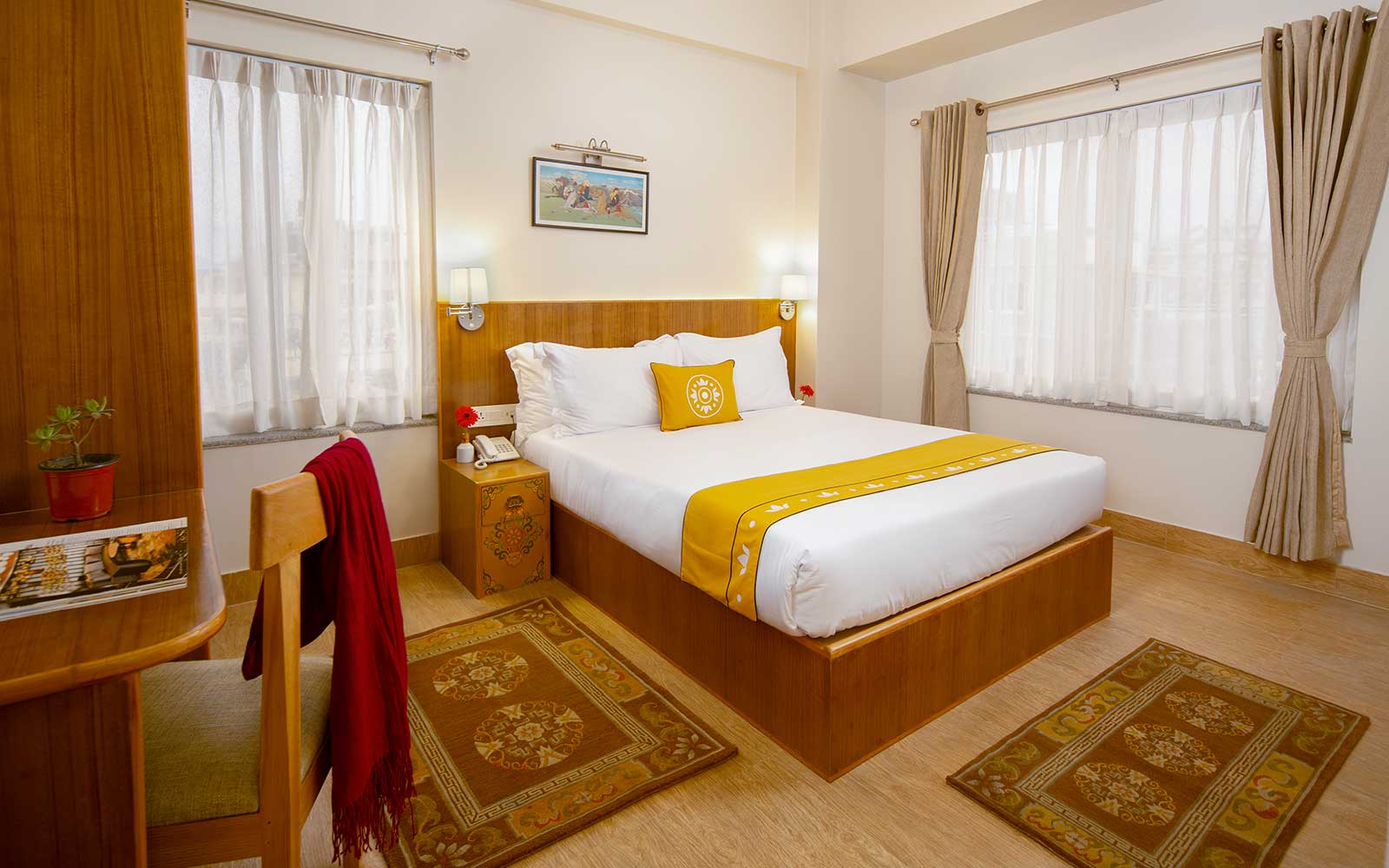




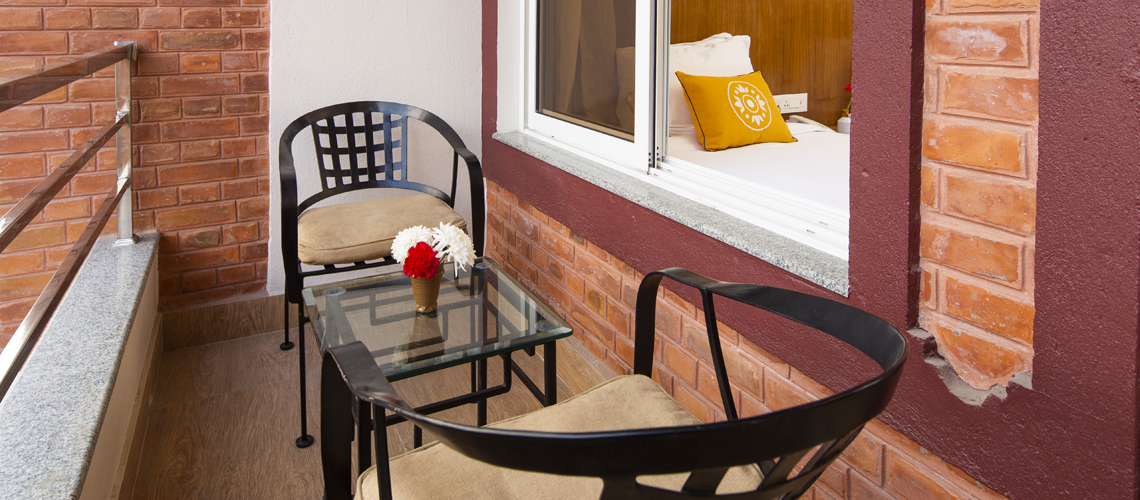





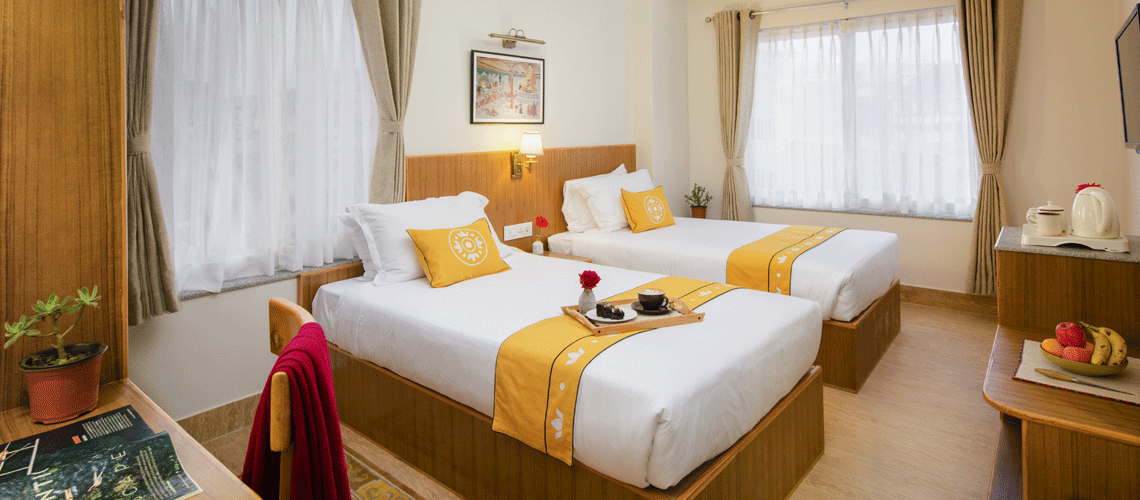

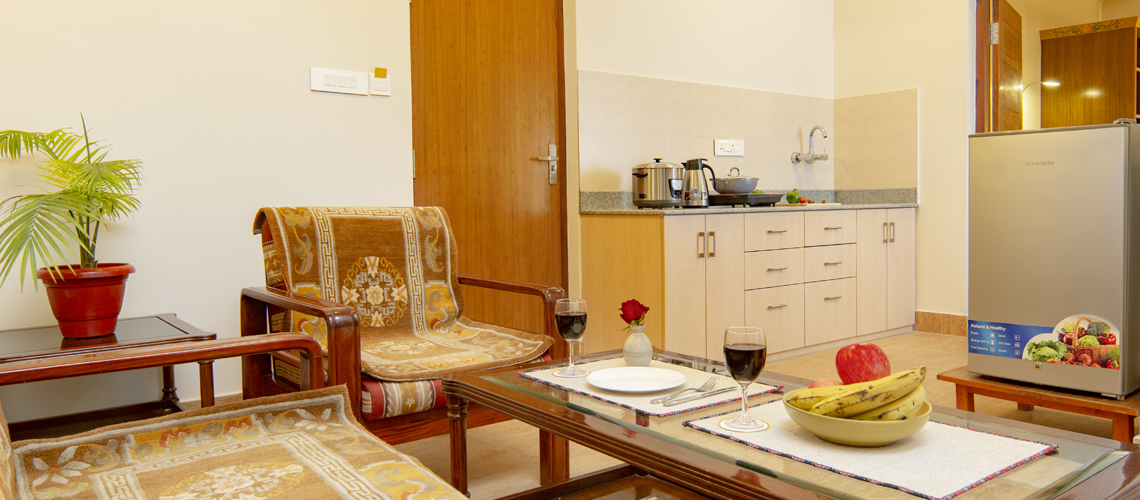








.png)
.png)
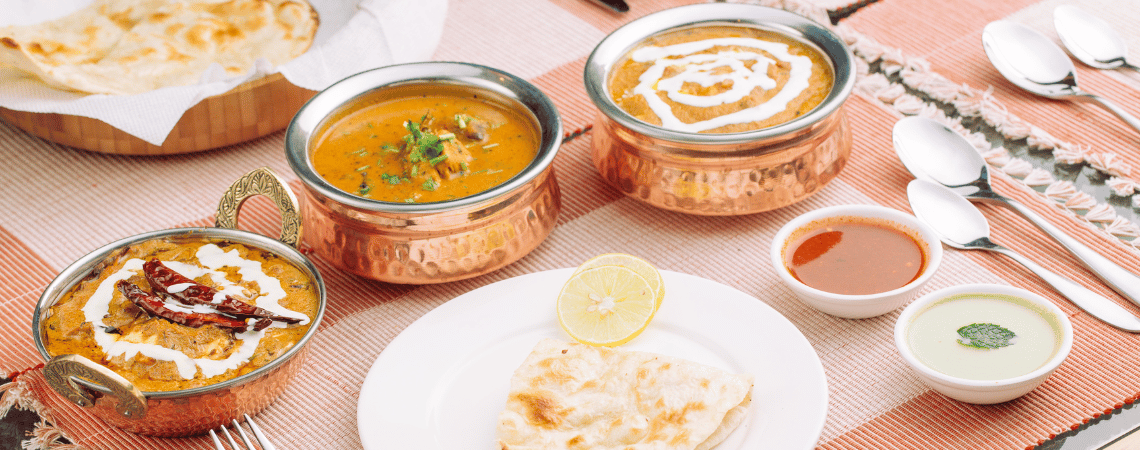
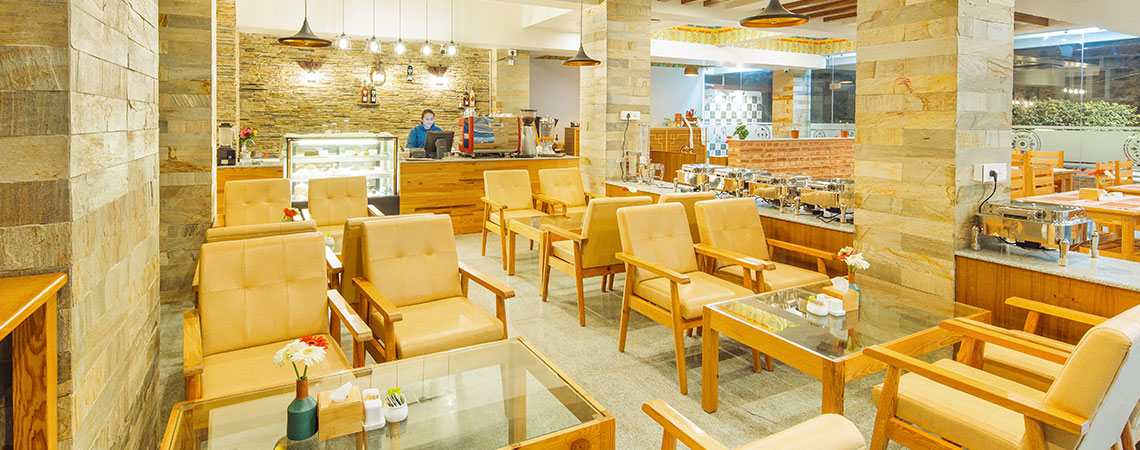
.png)

